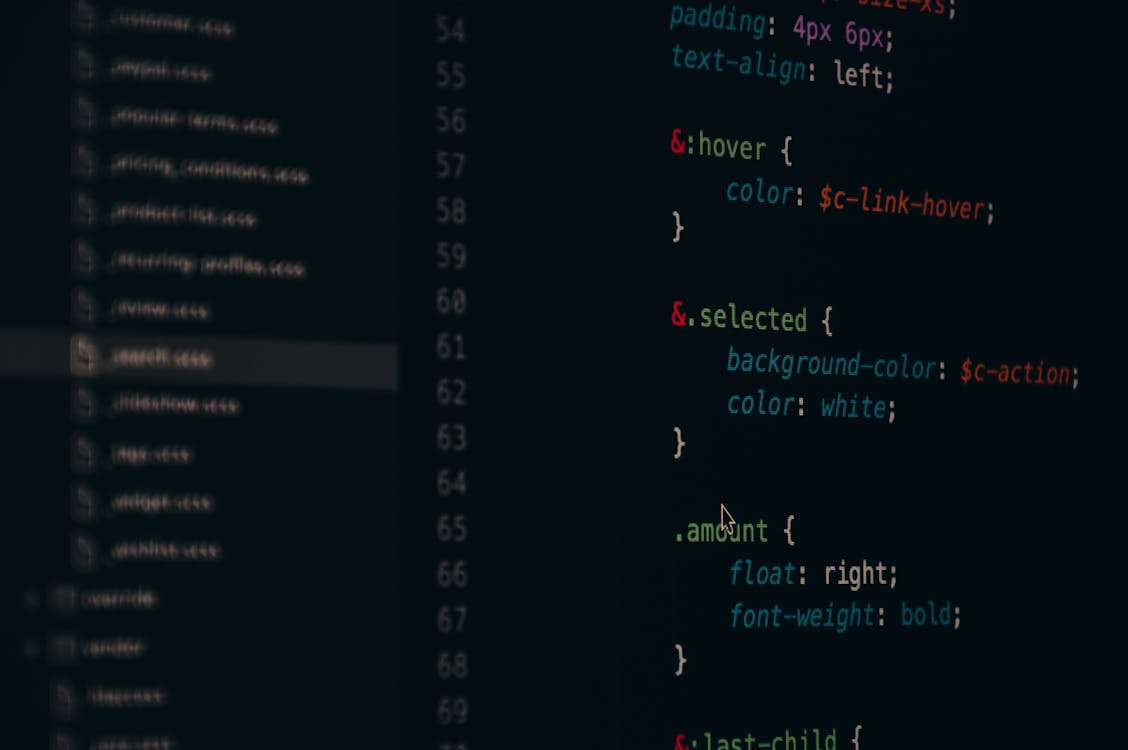Machine learning has been revolutionizing the world by providing insights and solutions to complex problems. However, one of the major challenges in machine learning is the requirement for labeled data to train models. Labeled data is data that has already been labeled with the correct output, making it easier for the model to learn. However, acquiring labeled data can be expensive, time-consuming, and sometimes impossible. This is where semi-supervised learning comes in.
What is Semi-Supervised Learning?
Semi-supervised learning is a type of machine learning that uses both labeled and unlabeled data to train models. Unlabeled data is data that has not been labeled with the correct output. In semi-supervised learning, the model learns from the labeled data and uses the patterns it learns to make predictions on the unlabeled data.
To illustrate this concept, let's consider an example of image classification. Suppose we want to train a model to identify different types of fruits, such as apples, oranges, and bananas. In traditional supervised learning, we would need a large dataset of labeled images of each type of fruit. However, in semi-supervised learning, we can use a smaller dataset of labeled images along with a larger dataset of unlabeled images to train our model.
The labeled dataset would consist of images of different types of fruits that have been labeled with the correct output (i.e., apple, orange, or banana). The unlabeled dataset would consist of a larger number of images of fruits that have not been labeled. We can use the labeled dataset to train our model to identify the patterns and relationships between the input (the image of the fruit) and the output (the type of fruit). We can then use the patterns learned from the labeled dataset to make predictions on the unlabeled dataset.
How Does Semi-Supervised Learning Work?
Semi-supervised learning works by using a combination of supervised and unsupervised learning techniques. The model is first trained on the labeled data using supervised learning techniques. The labeled data is used to teach the model the patterns and relationships between the input and output variables.
After the model has been trained on the labeled data, it is then used to make predictions on the unlabeled data. The predictions are then compared to the actual output to identify any errors. The errors are then used to update the model, making it more accurate. This process is repeated until the model has achieved the desired level of accuracy.
To continue with our previous example of image classification, once the model has been trained on the labeled dataset, we can use it to predict the type of fruit in the unlabeled dataset. If the model makes a mistake (e.g., it identifies an apple as an orange), we can use that error to update the model and improve its accuracy.
Advantages of Semi-Supervised Learning
Semi-supervised learning has several advantages over traditional supervised learning.
Requires less labeled data
Semi-supervised learning requires less labeled data compared to supervised learning. This makes it easier and more cost-effective to train models.
For example, in the case of our fruit classification model, we can use a smaller dataset of labeled images along with a larger dataset of unlabeled images to achieve high accuracy, whereas traditional supervised learning would require a much larger labeled dataset.
More accurate predictions
Semi-supervised learning can result in more accurate predictions compared to supervised learning. This is because the model is able to learn from both labeled and unlabeled data, making it more robust and able to handle a wider range of inputs.
For example, if we only trained our fruit classification model on a small labeled dataset, it might struggle to identify fruits that look different from the ones in the labeled dataset. However, with semi-supervised learning, the model is able to learn from the patterns in the unlabeled data, allowing it to make more accurate predictions on a wider range of fruits.
Can handle new data
Semi-supervised learning can also handle new data more effectively than supervised learning. Since the model has learned patterns and relationships from both labeled and unlabeled data, it is more adaptable to new data that it has not seen before.
For example, if we trained our fruit classification model only on labeled images of apples, oranges, and bananas, it might struggle to identify a new type of fruit that it has never seen before. However, with semi-supervised learning, the model can use the patterns it has learned from the labeled and unlabeled data to make predictions on new types of fruit.
Applications of Semi-Supervised Learning
Semi-supervised learning has many practical applications in various fields. Here are some examples:
Natural Language Processing
Semi-supervised learning can be used in natural language processing tasks such as sentiment analysis and text classification. By using a combination of labeled and unlabeled data, the model can learn patterns in the data to make more accurate predictions.
Image and Video Analysis
Semi-supervised learning can be used in image and video analysis tasks such as object detection and facial recognition. By using a smaller labeled dataset along with a larger unlabeled dataset, the model can learn patterns in the data to identify objects and faces with high accuracy.
Fraud Detection
Semi-supervised learning can be used in fraud detection tasks, where the model can learn patterns in the data to identify fraudulent transactions with high accuracy.
Conclusion
Semi-supervised learning is a powerful technique that can help train machine learning models with less labeled data. By using a combination of labeled and unlabeled data, the model can learn patterns and relationships to make accurate predictions. It has many practical applications in various fields and can result in more accurate and adaptable models. With semi-supervised learning, the possibilities of machine learning are endless!
